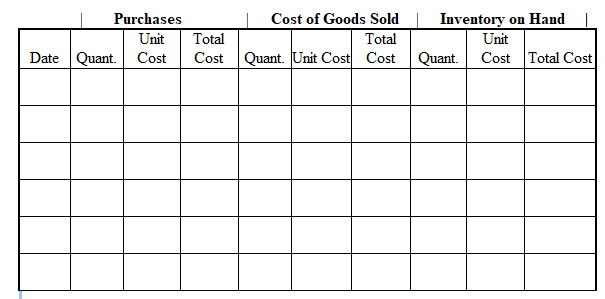Which of the following is true for retailing?
A) Manufacturers are not considered to be retailers as they are engaged in producing the product.
B) Vending machines are considered to be retailing only if they are located within stores.
C) Retailing deals only with goods; it does not include services.
D) Selling from a consumer's home is direct selling, but not retailing.
E) Wholesalers are only considered to be retailers if they are selling to final consumers.
E
You might also like to view...
After the temporary owner's equity and drawing accounts are transferred to the permanent owner's equity account, which of the following accounts will have a balance?
a. Expenses b. Revenues c. Owner's Capital d. Income Summary
The Sarbanes-Oxley Act:
A. decreases the penalties for conscious law breaking. B. decreases the likelihood of detection and prosecution of illegal behavior. C. adopts the theory of allocational efficiency, under which the primary objective of a business corporation is to maximize profits. D. broadly defines obstruction of justice and makes obstruction of audit work papers a felony.
Which of the following ways to conveying a brand's category membership relates to well-known,
noteworthy brands in a category helping a brand specify its category membership? A) comparing to exemplars B) communicating deliverability variables C) identifying counter examples D) announcing category benefits E) relying on the product descriptor
Designer Furniture began June with merchandise inventory of 45 sofas that cost a total of $31,500. During the month, Designer Furniture purchased and sold merchandise on account as follows:

Prepare a perpetual inventory record, using the LIFO inventory costing method, and determine the company's cost of goods sold, ending merchandise inventory, and gross profit.
